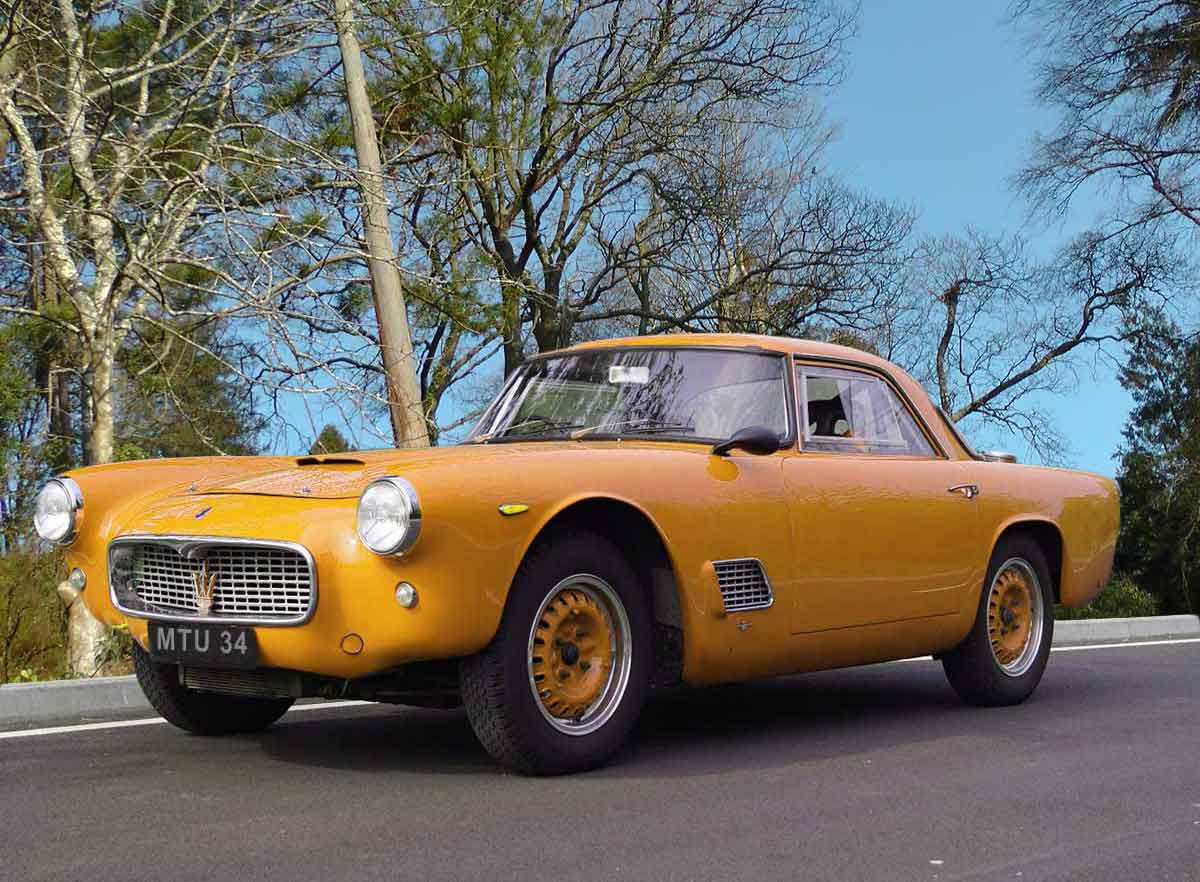
Maserati was no instant success.
The five Maserati brothers were passionate about racing cars. They both built them for other companies, and raced them themselves. One of the companies that they did a lot of work for was Diatto, who Alfieri Maserati worked for; he prepared their racing cars and raced them himself until they stopped being involved in racing in 1926. He left and, together with his brothers Ettore and Ernesto, they went into making, and racing, their own cars.
They were pretty successful too. They were excellent innovative engineers and in their first year one of their cars, with Alfieri at the wheel, came first in the 12th Targa Florio, a road race around Sicily. More racing successes followed as they designed and built a small number of racing cars each year.
Sadly Alfieri died of tuberculosis in 1932 but the other two brothers, together with another named Bindo, kept the company going until 1937 when money started running out; after all they were only producing a tiny number of cars every year. They sold out to a self-made industrialist called Adolfo Orsi, agreeing to work for the company for a further 10 years.
Racing successes continued and a Maserati 8CTF even won the Indianapolis 500 in 1939 and 1940 before World War II put a stop to racing.
After the war racing restarted with no less a driver than Juan Manuel Fangio clocking up a long line of successes but even with the resultant publicity they were still only selling around a dozen or so cars a year. It was time for a change of emphasis and the 3500GT was to prove the saviour of the company – at least for the time being.
In the 1957 Mille Miglia race disaster struck. A tyre burst on a Ferrari at around 160 mph and the car veered into the crowd, killing the driver, the co-driver and 10 bystanders including five children. The Maserati factory team abandoned racing for the time being which was quite a financial blow. It was time to change their policies and they decided to focus on road cars, in particular grand tourers that were not only big and comfortable but also very fast. Maserati had indeed sold a number of roadgoing cars in the past but these were really just racing cars with a few modifications to make them street legal.
Maserati's engineering team were given the task of creating a superb car which was not only fast and powerful but reliable enough to cover huge distances without any real effort. The 3500 GT fulfilled all these needs.
Maserati already had of course a very powerful 3.5 litre six cylinder engine; this was de-tuned from racing trim but even so it still produced around 220 brake horse power. Maximum speed was up to 137 mph and the car could accelerate from zero to 60 mph within 7.6 seconds. Available as a 2+2 coupe or a two seater spyder (a gutsy open car) they managed to sell 18 of them in their first year but a total of 2,226 were sold between 1957 and 1964, placing Maserati firmly on the map as a serious challenger to Ferrari.
It was just as well that the 3500GT had been such a success. Orsi had problems getting paid for goods he had delivered to both Argentina and Spain; and although all creditors were paid off it was at the cost of much of his personal fortune. Not for the first or last time Maserati had cash flow problems.